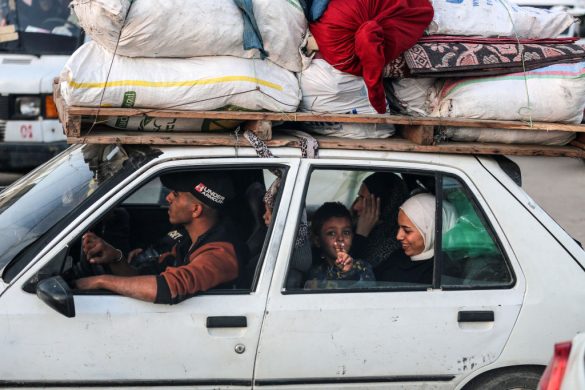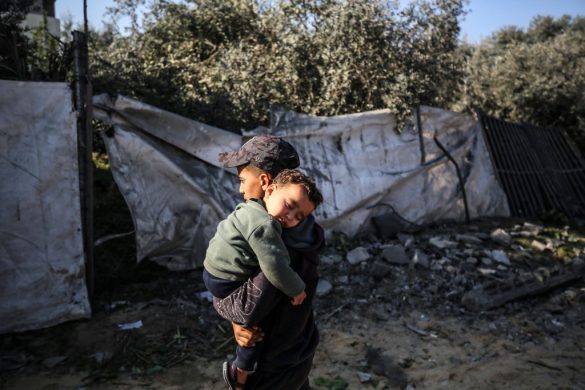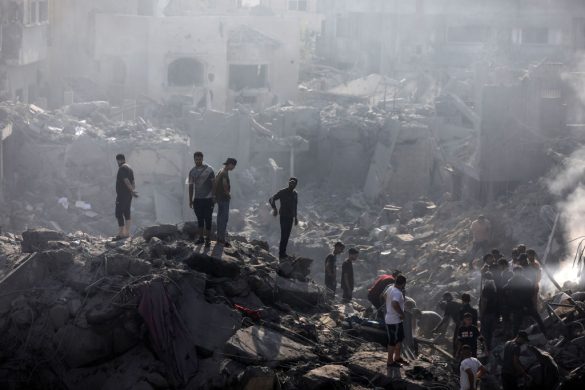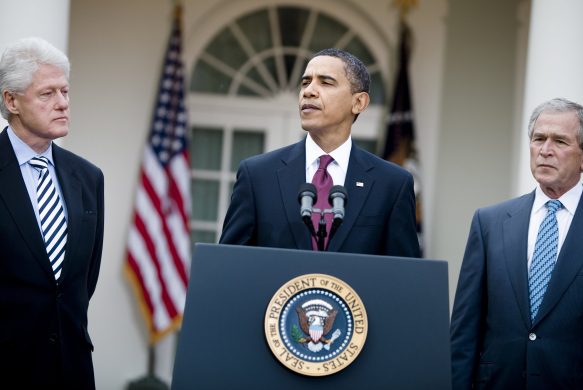Og det er kun syrerne – det lille kongedømme rummer også to millioner palæstinensere, dertil kommer irakerne. Jordan har taget imod dem alle, men nu er de økonomiske byrder ved flygtningemængden ved at udvikle sig til et åg.
AMMAN, 9 December 2014 (IRIN) – Jordan is straining (ved at segne) under the weight of its over 600,000 Syrian refugees, with government officials and aid agencies warning of dwindling resources and capacity to respond to the ever-growing needs.
Yet Syrians fleeing the current conflict only make up one small portion of the country’s refugee population. For decades, the tiny Kingdom, with an indigenous population of only a few million, has opened its doors to families from neighbouring Syria, Palestine and Iraq.
IRIN went to Amman to spend time with this rich mosaic of people, to understand the feeling of temporary permanence, and to learn more about the refugees’ experiences and motivations as well as their hopes for the future.
We chose to tell five stories from different generations of refugees, with the aim of showing how they have both been formed by and helped form their adopted country.
Over two million Palestinians
Most of the over two million Palestinians living in Jordan have some kind of Jordanian citizenship, but the type of passport they hold – depending on when they arrived and from where – afford them different rights.
So while some Palestinians have full access to employment, property ownership, public education and healthcare services, others need to obtain work permits and pay higher tuition fees at schools.
“Some of the professions, they are only open to Jordanians. However, there are some of the professions that are given priority over others,” said Reem Abu Hassan, Jordanian minister of social development, adding:
“There is a high unemployment rate in the Palestinian camps, but again there is a high unemployment rate for the Jordanian society.”
————————-
Timeline
1948 Arab-Israeli War
Israelis refer to the events of May 1948 as their “War of Independence”; Palestinians call it the Nakba (Catastrophe). In a few weeks Jewish fighters carried out a series of attacks as they carved out a Jewish state, with the violence forcing over 700,000 Palestinians from their homes, of whom 100,000 are estimated to have immediately crossed the River Jordan.
1967 Six-Day War
From 5-10 June 1967, Israel fought its neighbouring Arab states of Egypt, Jordan and Syria, capturing the Sinai Peninsula, the West Bank and the Golan Heights from those countries, respectively. Hundreds of thousands of civilians and refugees from 1948 were displaced a second time and were forced to flee. Over 300,000 people fled into Jordan from the West Bank.
1982 Hama Massacre
Syrian President Hafez al-Assad, father of current President Bashar, laid siege to the city of Hama to crush an uprising of the Muslim Brotherhood. While reliable numbers are limited, it is estimated that more than 20,000 people were killed and thousands fled into neighbouring states including Jordan.
2003 Invasion of Iraq
The US-led invasion of Iraq to depose President Saddam Hussein and his Baath party led hundreds of thousands to flee the violence. It is estimated that over 400,000 Iraqis have been displaced outside the country, with the UN Refugee Agency saying 48,600 refugees are currently registered in Jordan.
2011 Syrian Uprising /Syrian Civil War
In March 2011, pro-democracy protests in the southern Syrian city of Deraa were violently crushed, sparking a wider revolt. While initially peaceful, within a year the uprising had become militarized – with the crisis evolving into a bitter and ongoing civil war. It is estimated that more than 100,000 Syrians have been killed since 2011 and over two million are now refugees. There are over 600,000 registered in Jordan.
——————————
By contrast, Iraqis living in Jordan do not have Jordanian passports and as refugees cannot obtain a residence permit that would allow them to work, unless they pay.
There is a widely-held perception that Iraqis in Jordan are well-off business owners, but while some are financially-independent economic migrants, many are locked out of employment and rely largely on aid and community support.
Syrian refugees in Jordan also struggle and face, like the Iraqis, restrictions on movement and labour, leading to economic hardship.
Upset Jordanians
According to Masara Srass, head of the refugee programme at the Syrian Women’s Association in Amman, many young Syrians who arrived since 2011 drop out of school early to take black-market work to be able to support their families.
This not only creates a parallel and unregulated labour force that violates international law and upsets Jordanians who also need employment, but also robs young Syrians of an education.
International NGO CARE estimates that as many as 60,000 children are actively working in Jordan, a number that has doubled since the start of the Syrian crisis in 2011.
There are also themes that unite the different waves of refugees. Many are awaiting resettlement in a third country, particularly the Iraqis.
Yet they are often left waiting for years – according to the US State Department, fewer than one percent of refugees worldwide are ever resettled in a third country and those that are, are picked due to exceptional circumstances.
Yet all agree that their lives in Jordan are better than returning to their countries of origin and most have grown to call the country, for better or for worse, home.
Veterans of displacement
Læs videre på
http://www.irinnews.org/report/100929/jordan-s-refugees-a-human-timeline-of-regional-crisis














